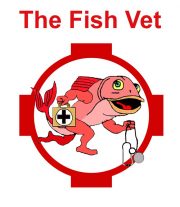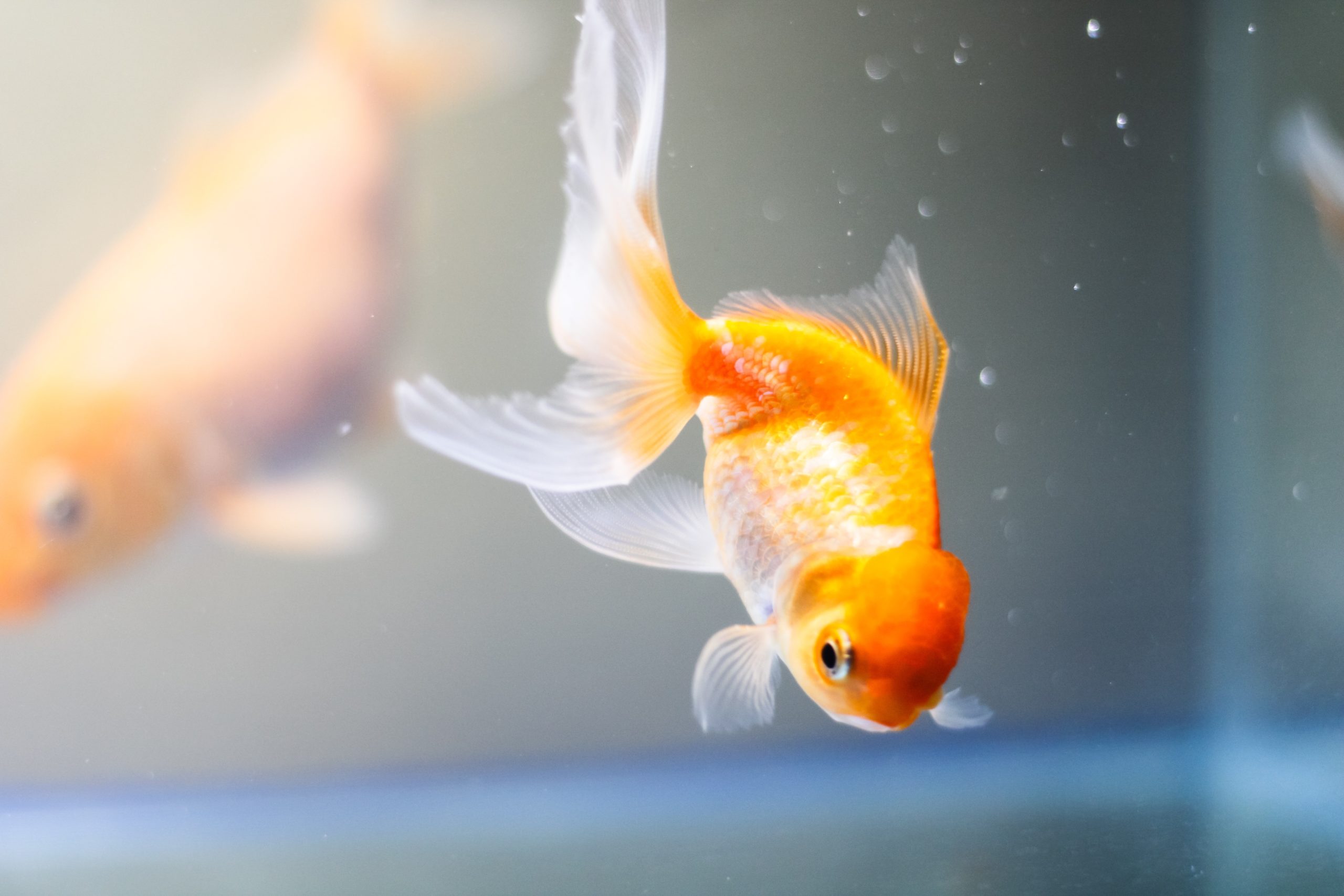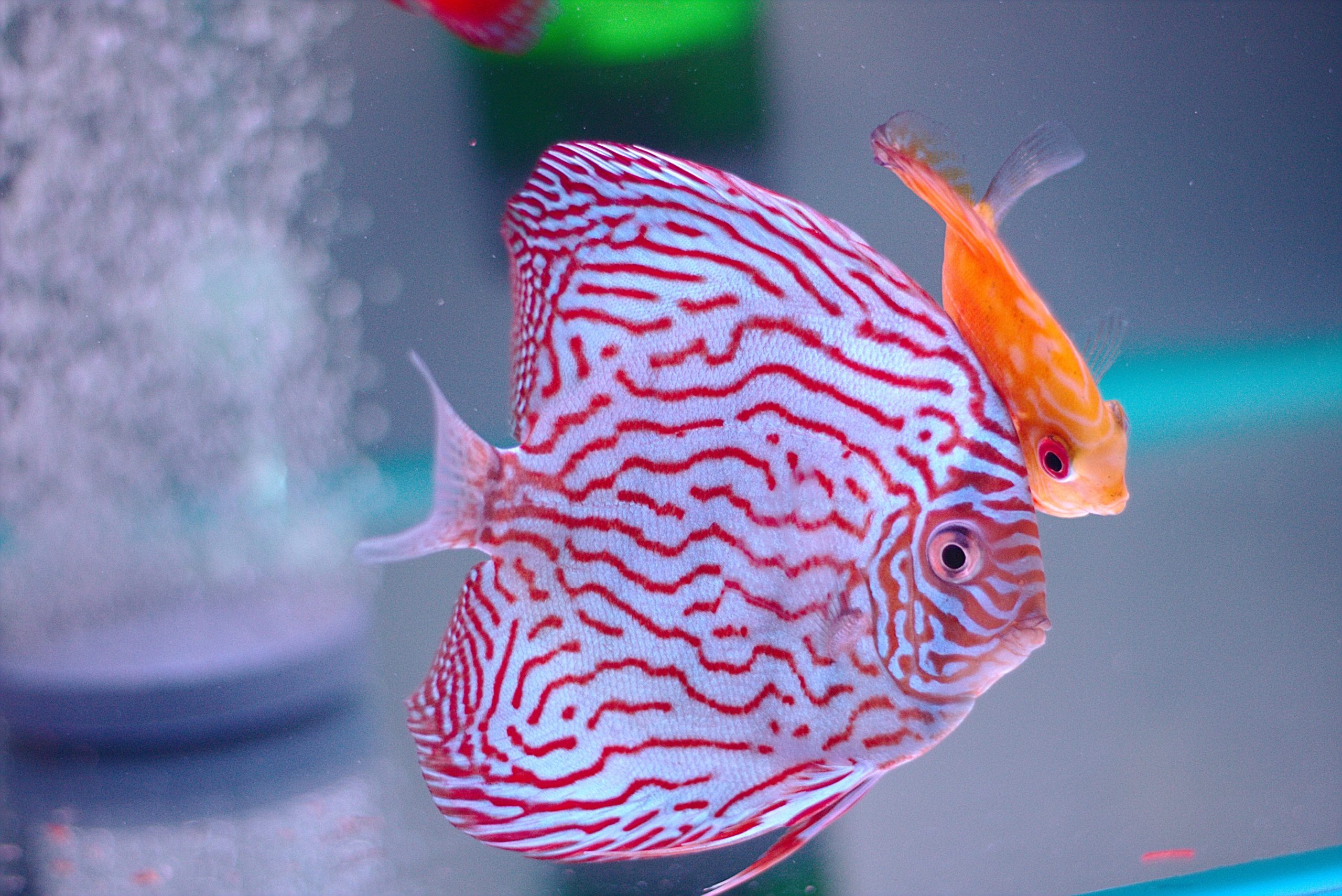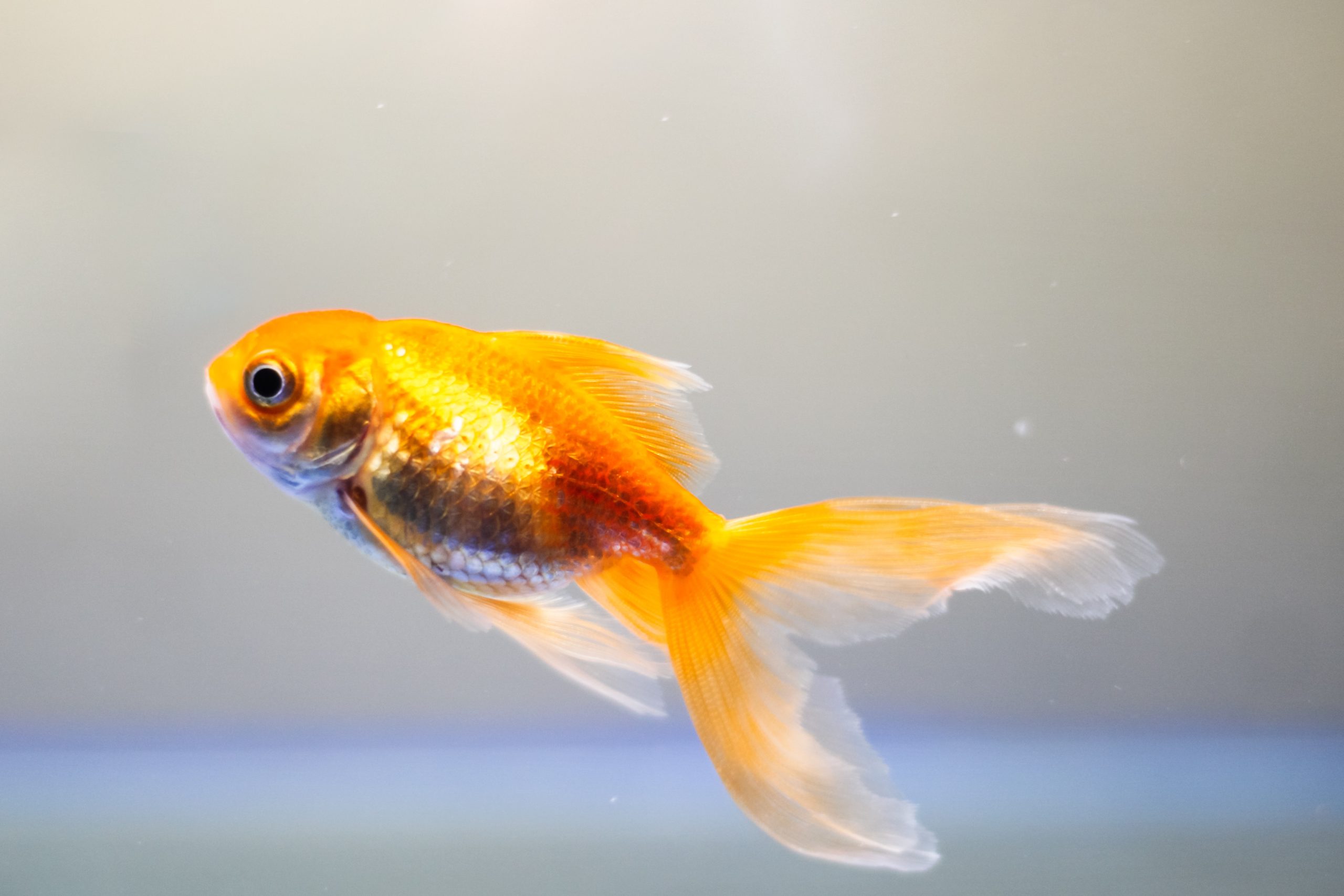Imagine this: you have finally established your aquarium and done some fine tuning to get your miniature ecosystem in balance u2013 plants, fish, pumps, filters, power. Power? Oh, fudge!
Many fish tanks are over stocked to the extent that the populations of fish in the tank can only be sustained because of air stones or increased water circulation via power heads.
These accessories, rather than being ‘creature comforts’, they virtually become life support systems. So, what happens when the power goes out?
- No aeration
- No lights
- No filtration
- No heating
We will tackle each of these points one at a time and identify why it is a problem.
No aeration
No aeration means no water movement, which leads to a decreased rate for oxygen to diffuse into the water and carbon dioxide to diffuse out, so the level of dissolved oxygen steadily declines and the level of carbon dioxide increases. As you know, oxygen is the life-sustaining gas that keeps fish going. No oxygen = no fish alive.
No lights
Lowering of oxygen can be compounded if the tank is heavily planted and/or poorly maintained (there is a large amount of dead decaying matter on the aquarium/pond floor). Plants only absorb carbon dioxide and produce oxygen when there is light. The opposite happens when it is dark. Plants use up oxygen and produce carbon dioxide when there is no light. For the scientifically inclined reader, plants ‘photosynthesise’ when there is light and ‘respire’ when there is no light.
No filtration
All the good bacteria in your biological filter that turn nitrogenous wastes into less dangerous substances can only live in oxygenated water. If the filter stops working, these bacteria will slowly die and after a couple of hours, all the organic waste trapped in your filter will decompose anaerobically (without oxygen) and produce harmful compounds.
No heating
In Tasmania, most tropical aquarium fish tanks require heating. Most fish are unable to regulate their own body temperature and rely on the heat of its environment. When there is no power to operate the heaters, heat will slowly be lost to the environment (the rate of heat lost is most rapid with smaller aquariums).
What you can do
Unless you have a personal power generator, it is a good idea to invest in a battery-operated air pump. They cost around $20-30 and can help get your favourite fish through the power outage. Your local fish shop should have this in stock. However, if you do not have one readily available, you can still be a lifesaver by performing the following tasks.
1. Try not to disturb the fish and put towels around your tank. In the dark, fish will slow down and rest, thus use less oxygen. Towels also help to insulate your aquarium to prevent excess heat loss.
2. Excess plants should be removed, without stressing out the fish. You can prune back the plants and remove the trimmings. It may be a drastic measure in a painstakingly landscaped aquarium, but plants can grow back, and your fish will not.
3. When power returns, wash away the organic matter in your filter (using aquarium water) before use. This prevents all the noxious decomposed compounds from being pumped all around the aquarium. Then ‘bacteria starter’ should be to help build up numbers of the good bacteria to prevent the ‘New Tank Syndrome’.
But all is not over yet. Stressed fish become prone to disease. Keep a lookout for any change in behaviours or appearances in your fish.





